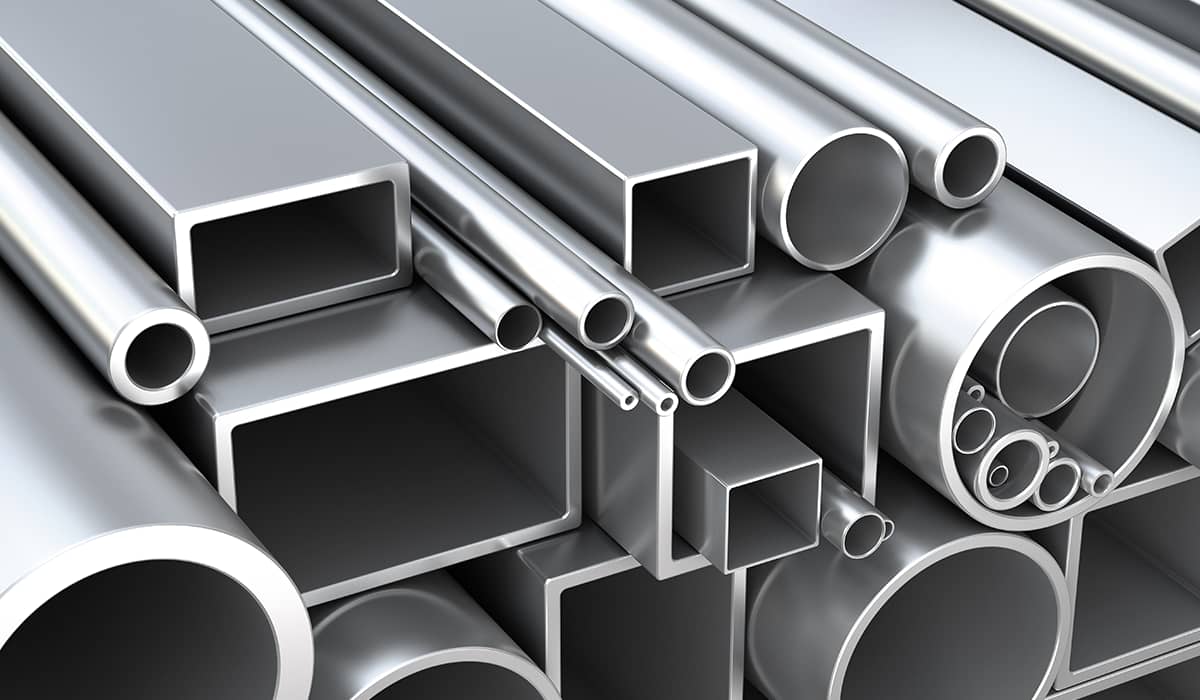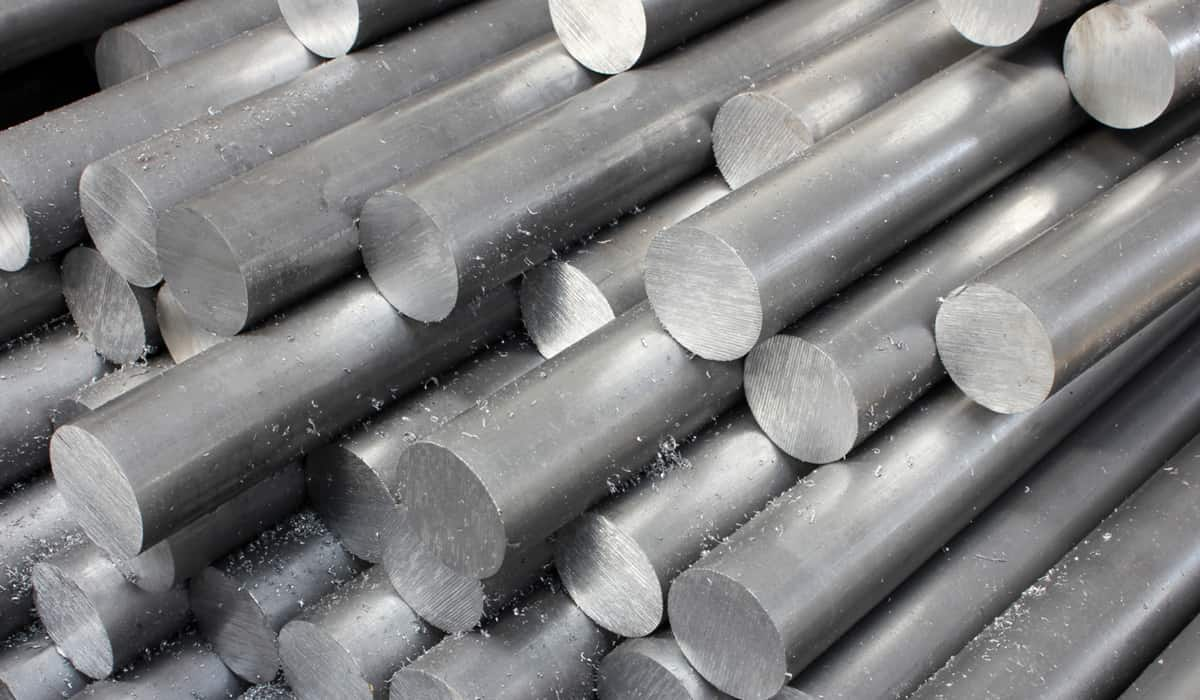Asphaltene is a fraction that to cause most of the composition during crude oil refining and contains most of the metal compounds found in petroleum. The molecular structure of asphalt is the least understood among all petroleum fractions. Asphalt has many negative effects on the exploitation, storage, transport and refining of petroleum. Being the most complex part of petroleum, the structure and composition of asphaltene has always been one of the important issues in petroleum science. Asphalt contains most of the mineral elements found in petroleum that have not yet been fully characterized. An in-depth exploration of the composition of mineral compounds in asphalt not only allows for a complete understanding of the minerals in petroleum, but also aids in understanding the structure and composition of asphaltene. In this thesis, Canadian oil bitumen, Venezuelan heavy oil asphaltene, Qingchuan gilsonite shale, and immature Texas offshore oil shale were taken as research targets. The molecular structure of the asphaltenes and the metals within were characterized using high-resolution mass spectrometry and efficient separation methods. Several chemical derivation methods have been used to process asphalt to determine the presence of metallic compounds within and to provide information about the composition of asphaltene.  The main content of this work includes: Supercritical fluid extraction fractionation was used to separate the vacuum residues from bitumen and Canadian oils, and Fourier ion cyclotron mass spectrometry was used to characterize the molecular structure of each. share in detail. As the SFEF fractions became heavier, the mass ranges for the mass spectra and the DBE values for the heterogeneous polar atoms increased continuously. The abundance of the multifunctional group compounds and the vanadyl porphyrins increased as the SFEF fraction became heavier. In the last segment, the relative abundance of the vanadyl porphyrin class species N4VO and N5VO accounted for 98%. Detailed characterization of the molecular structure of porphyrins was performed in immature marine rocks in Texas. Iron porphyrins, vanadyl porphyrins, gallium porphyrins and nickel porphyrins were simultaneously detected in shale samples. The molecular structure of Qingchuan gilsonite has been characterized by several techniques. The metalloporphyrin in gilsonite were analyzed in detail, providing a reference for the molecular structure information of gilsonite and an appendix for the Petro-porphyrins analysis within. The proliferation of sulfur-containing porphyrins has broadened understanding of the evolution of Petro porphyrins. The aggregation behavior and the porphyrin fragmentation pathway were characterized in detail via trapping ion mobility spectrometry in combination with time-of-flight mass spectrometry. According to the porphyrin motion spectra obtained from TIMS, it is believed that a significant portion of the porphyrin compounds in petroleum asphaltene are present in the form of aggregates.
The main content of this work includes: Supercritical fluid extraction fractionation was used to separate the vacuum residues from bitumen and Canadian oils, and Fourier ion cyclotron mass spectrometry was used to characterize the molecular structure of each. share in detail. As the SFEF fractions became heavier, the mass ranges for the mass spectra and the DBE values for the heterogeneous polar atoms increased continuously. The abundance of the multifunctional group compounds and the vanadyl porphyrins increased as the SFEF fraction became heavier. In the last segment, the relative abundance of the vanadyl porphyrin class species N4VO and N5VO accounted for 98%. Detailed characterization of the molecular structure of porphyrins was performed in immature marine rocks in Texas. Iron porphyrins, vanadyl porphyrins, gallium porphyrins and nickel porphyrins were simultaneously detected in shale samples. The molecular structure of Qingchuan gilsonite has been characterized by several techniques. The metalloporphyrin in gilsonite were analyzed in detail, providing a reference for the molecular structure information of gilsonite and an appendix for the Petro-porphyrins analysis within. The proliferation of sulfur-containing porphyrins has broadened understanding of the evolution of Petro porphyrins. The aggregation behavior and the porphyrin fragmentation pathway were characterized in detail via trapping ion mobility spectrometry in combination with time-of-flight mass spectrometry. According to the porphyrin motion spectra obtained from TIMS, it is believed that a significant portion of the porphyrin compounds in petroleum asphaltene are present in the form of aggregates.  Porphyrins coordinated in the form of N5VO4 in petroleum have been characterized in detail. A variety of chemical derivation methods for processing asphaltene have been designed to determine the presence of metallic compounds within, including acid treatment, hydro pyrolysis, demetalization of methane, and salts. Possible "non-porphyrin" forms have been confirmed in the presence of the metallic nickel and vanadium compounds as well as in asphaltene. All nickel-vanadium compounds in asphaltenes contain the primary structure of metalloporphyrin. The porphyrins in the asphaltene have a greater weight and a higher degree of condensation, and some are present in the form of coordination compounds with other ligands. In addition, the porphyrins in asphaltene are closely related. The molecular structure properties and morphological characteristics of asphaltene can be significantly influenced by the addition of asphaltene inhibitors (AI). We recently developed a new concept to use nanoemulsion (NE) as carriers to control the release of asphaltene inhibitors, which can avoid the sedimentation problem with low amount of AI.
Porphyrins coordinated in the form of N5VO4 in petroleum have been characterized in detail. A variety of chemical derivation methods for processing asphaltene have been designed to determine the presence of metallic compounds within, including acid treatment, hydro pyrolysis, demetalization of methane, and salts. Possible "non-porphyrin" forms have been confirmed in the presence of the metallic nickel and vanadium compounds as well as in asphaltene. All nickel-vanadium compounds in asphaltenes contain the primary structure of metalloporphyrin. The porphyrins in the asphaltene have a greater weight and a higher degree of condensation, and some are present in the form of coordination compounds with other ligands. In addition, the porphyrins in asphaltene are closely related. The molecular structure properties and morphological characteristics of asphaltene can be significantly influenced by the addition of asphaltene inhibitors (AI). We recently developed a new concept to use nanoemulsion (NE) as carriers to control the release of asphaltene inhibitors, which can avoid the sedimentation problem with low amount of AI.  In this work, X-ray diffraction (XRD) was used to investigate changes in asphaltene stacking behavior in the presence of three cases:
In this work, X-ray diffraction (XRD) was used to investigate changes in asphaltene stacking behavior in the presence of three cases:
- Strong organic acids (dodecylbenzene sulfonic acid, DBSA),
- Nanoemulsion (NEs blank)
- DBSA nanoemulsion loading (DBSA NEs). Based on XRD and transmission electron microscopy analyses, the stacking distance between the aromatic asphaltene rings was found to increase by 22.2%, indicating that the modification of the π-system above the aromatic region prevented the final interactions between the asphaltene sheets.
Evidence for multiple intermolecular interactions quantitatively obtained from Fourier transform infrared spectroscopy supported our proposed mechanism for the controlled release effect and long-term stability of asphalt, i.e. aromatic reduction and reduction of aliphatic side chains of asphaltene. The refractory nature of the asphalt was examined by thermogravimetric analysis, which showed that the structure of the asphalt was significantly improved and that coke production was reduced by 62% due to the smaller block size and greater stacking distance. Chemical treatments are generally used to change the macroscopic properties of asphalt and improve the properties of heavy oil by changing the structural properties of asphalt and changing the overall mass size. The results showed the change in both aromaticity and layer distance between two aromatic papers after solvent treatment. Researchers have recently investigated the effects of bio-oils on the structure of asphaltenes.  They found that bio-oil, extracted from biodegradable materials such as used cooking oil and pig waste, not only weakened the agglomeration of asphaltene, but also improved the overall colloidal structure of asphaltene. However, the literature struggles with the influence of these compounds on the properties of asphalt and the type of molecular interactions responsible for its activity. Although asphaltene inhibitors are widely used in oil fields as common methods of preventing asphaltene build-up and deposition, 25,26 is a major problem because of the large loss of inhibitors and thus the high processing cost makes the inhibition of asphaltene by inhibitors uneconomical. We proposed a new concept to use nanoemulsion as a vector for AI and control its release in asphaltene solution to increase the stability of asphalt and the prolongation of the treatment time by slow release of high efficiency AI. However, a complete molecular analysis of asphaltene and a systematic understanding of how the molecular structure of asphaltene changes with the addition of inhibitors has yet to be achieved.
They found that bio-oil, extracted from biodegradable materials such as used cooking oil and pig waste, not only weakened the agglomeration of asphaltene, but also improved the overall colloidal structure of asphaltene. However, the literature struggles with the influence of these compounds on the properties of asphalt and the type of molecular interactions responsible for its activity. Although asphaltene inhibitors are widely used in oil fields as common methods of preventing asphaltene build-up and deposition, 25,26 is a major problem because of the large loss of inhibitors and thus the high processing cost makes the inhibition of asphaltene by inhibitors uneconomical. We proposed a new concept to use nanoemulsion as a vector for AI and control its release in asphaltene solution to increase the stability of asphalt and the prolongation of the treatment time by slow release of high efficiency AI. However, a complete molecular analysis of asphaltene and a systematic understanding of how the molecular structure of asphaltene changes with the addition of inhibitors has yet to be achieved.
